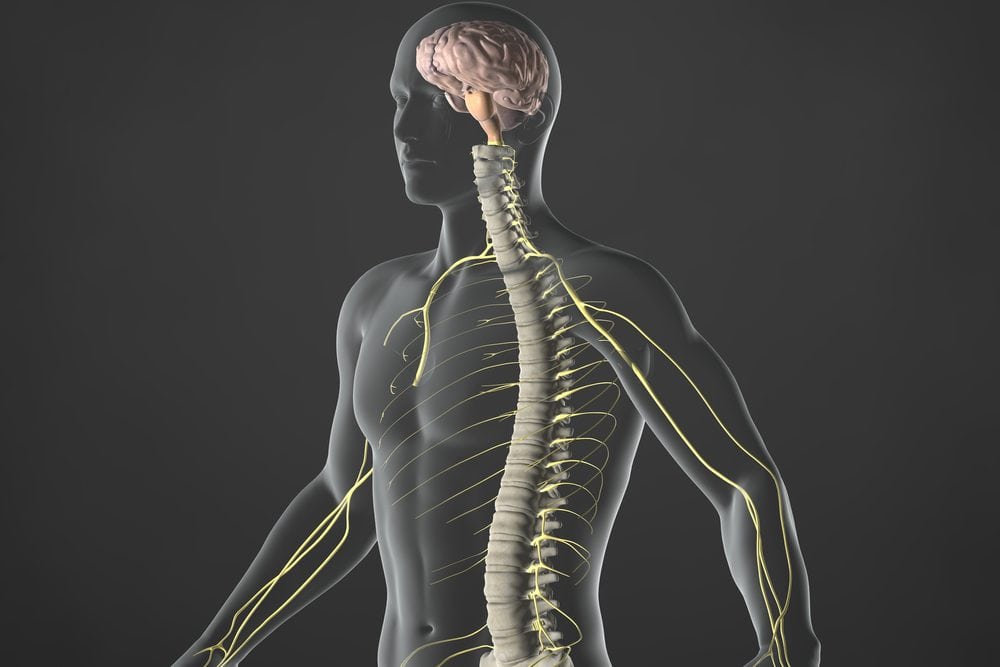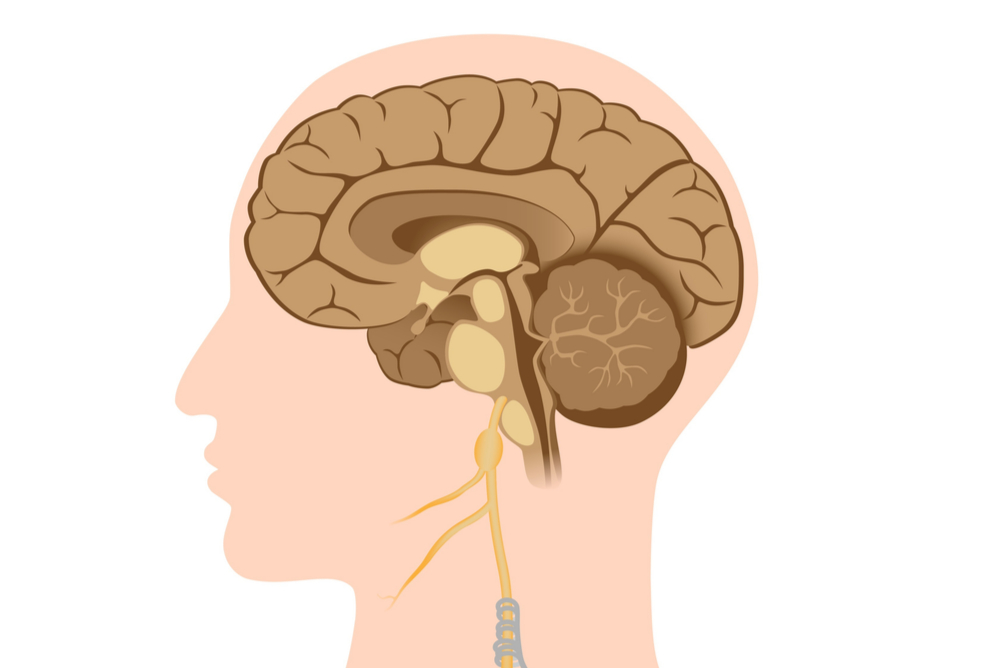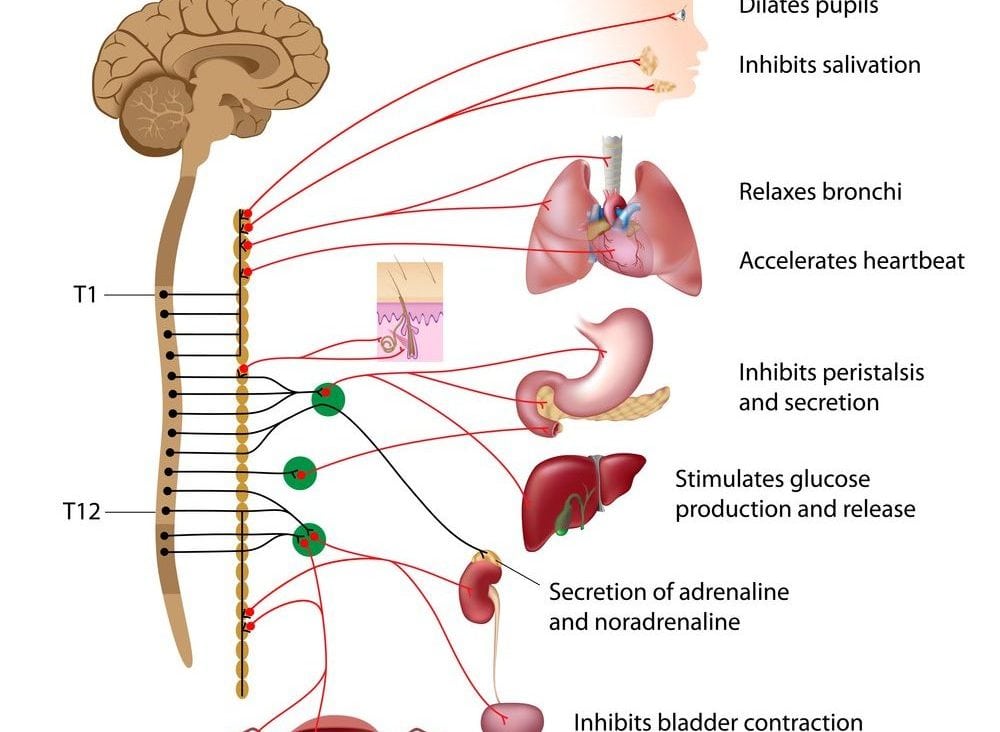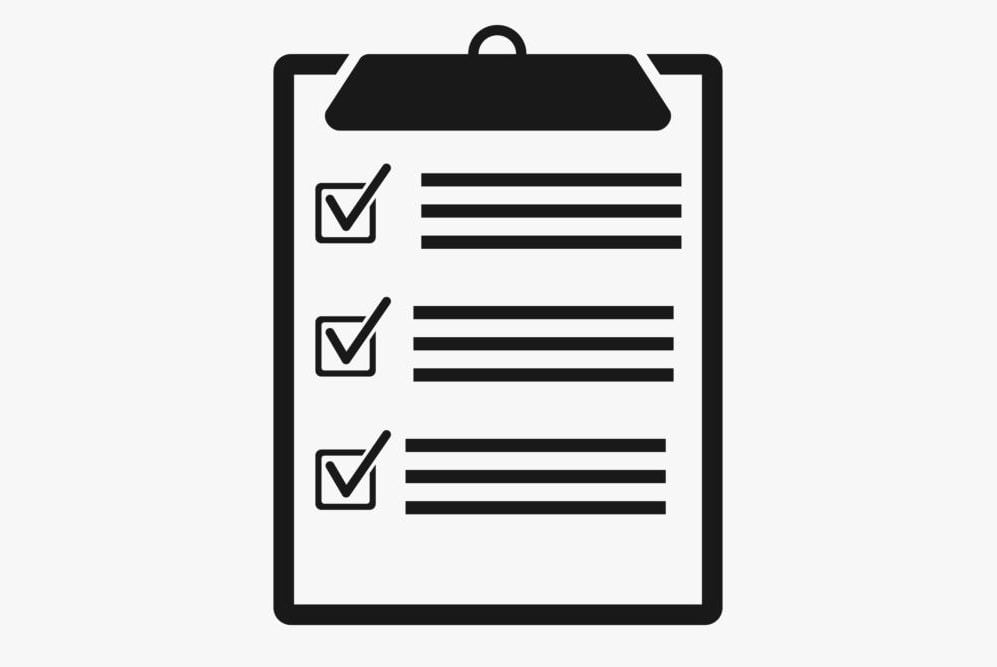
Introduction
Quickly assess your knowledge of the Nervous System & Stress, and identify gaps in your education. See below for assessments on these subjects:
- Nervous System Overview
- The Vagus Nerve
- Stress & Relaxation Response
- Why Yoga Works
Purpose
Offer a series of free quizzes for yoga teachers to:
- Provide an effective way to assess knowledge of each of the Teaching Knowledge Standards.
- Make it easy to self-assess privately, on your own time.
- Help teachers who identify educational gaps to bolster their knowledge with accessible and practical lessons.
More Self-Assessments
For more self-assessments, see the Standards & Self-Assessment Hub.
Nervous System Overview

Teaching Standard
Understand the foundational anatomy and physiology of the nervous system.
Assessment
Vocabulary Mix & Match
| AFFERENT NEURON |
| |
Triggers the stress response |
| AUTONOMIC NERVOUS SYSTEM |
| |
The brain and spinal cord |
| CENTRAL NERVOUS SYSTEM |
| |
A cell that is the “basic working unit” of the nervous system, communicates via electrical signals which are converted into neurotransmitters (chemical messengers of the nervous system) |
| EFFERENT NEURON |
| |
The change in length of time between heartbeats, an indicator of parasympathetic nervous system functioning, “a physiological measure of emotional stress” (Stephen Sinatra MD) |
| HEART RATE VARIABILITY |
| |
A neuron that carries information from sensory receptors to the central nervous system; also called afferent nerve fiber or afferent fiber |
| INTERNEURON |
| |
All the nerves that lie outside of the spinal cord and brain |
| NERVOUS SYSTEM |
| |
Governs the typically automatic functions, including breathing, heart rate and the endocrine (hormone) system; it is comprised of the sympathetic and parasympathetic nervous systems |
| NEURON |
| |
A neuron that caries information from the central nervous system to the rest of the body; also called efferent nerve fiber or efferent fiber |
| NEUROTRANSMITTERS |
| |
The body’s “electrical wiring” consisting of the brain, spinal cord, neurons, nerves, meninges, cerebrospinal fluid and sensory receptors |
| PARASYMPATHETIC NERVOUS SYSTEM |
| |
Chemical messengers of the nervous system that transmit signals between neurons by sending impulses across a synapse; examples include noradrenaline, dopamine, serotonin, histamine, oxytocin, BDNF, insulin and taurine (source) |
| PERIPHERAL NERVOUS SYSTEM |
| |
Controls conscious bodily activities such as moving the arm |
| SOMATIC NERVOUS SYSTEM |
| |
Controls the Relaxation Response and the Rest and Digest state |
| SYMPATHETIC NERVOUS SYSTEM |
| |
A neuron that acts as an intermediary to allow afferent and efferent neurons to communicate with each other; also called association neuro |
Questions
- What makes up the nervous system?
- What is included in the central nervous system (CNS)?
- How does the nervous system communicate?
- What are the functions of the nervous system?
- What is the peripheral nervous system and what does it do?
- What two systems make up the peripheral nervous system?
- What is the difference between the somatic and autonomic nervous systems?
- What two systems make up the autonomic nervous system (ANS)?
- What is associated with the sympathetic nervous system?
- What is associated with the parasympathetic nervous system?
The Vagus Nerve

Teaching Standard
Become familiar with the significance of vagal tone in the experience of stress and the effectiveness of yoga techniques.
Assessment
- The vagus nerve is an element of which part of the nervous system?
- What is the vagus nerve and where is it located?
- What is another name for the vagus nerve?
- Describe the role of the vagus nerve.
- What is meant by the term, “vagal tone?”
- What is associated with high vagal tone?
- What is associated with low vagal tone?
- While there are implanted medical devices for vagus nerve stimulation (VNS), we can’t directly stimulate the vagus nerve. How is it indirectly stimulated?
- What practices raise vagal tone, boost the immune system, reduce inflammation and contribute to feelings of contentment?
Stress & Relaxation Response

Teaching Standard
Understand the functioning of the sympathetic and parasympathetic nervous systems, and the workings of the Stress Response, Fight or Flight Response and Relaxation Response.
Assessment
Vocabulary Mix & Match
| FIGHT OR FLIGHT RESPONSE |
| |
Other names for Fight or Flight Response |
| HYPERAROUSAL OR ACUTE STRESS RESPONSE |
| |
A physical state of deep rest that changes the physical and emotional response to stress; the opposite of the Fight or Flight Response |
| RELAXATION RESPONSE |
| |
A physiological reaction that occurs when stress is perceived to be excessive or threatening |
Questions
- What part of the nervous system is activated when experiencing stress?
- What happens when stress is perceived to be excessive or threatening?
- What happens when the stress response is activated?
- Give examples of positive triggers for the Stress Response.
- Under what conditions is the Fight or Flight Response activated and what happens?
- How is the Fight or Flight Response helpful? Under what circumstance is it harmful?
- What is the Relaxation Response?
- What practices have been shown to initiate the relaxation response?
Why Yoga Works

Teaching Standard
Be proficient in communicating how yoga impacts the nervous system and stress, and the many profound effects this has on health, including genetic expression (epigenetics).
Assessment
- There is a plethora of research showing yoga’s positive impact on chronic pain, brain health, hormone regulation, PTSD, anxiety, depression, bone density and much more. What is an underlying factor that helps to account for yoga’s positive impact in so many situations?
- Research published in 2013 by the Benson-Henry Institute for Mind Body Medicine demonstrated that eliciting the Relaxation Response caused genes to turn off and off. Discuss the findings and implications.
- What are some examples of yoga techniques that trigger the Relaxation Response?
- What is the relationship between yoga, vagal tone, and relaxation?
- Describe four additional ways that yoga helps to relieve stress.
- What has research shown is the effect of Ujjayi Pranayama as it relates to stress?
- What is GABA and how is related to stress, fear and anxiety?
- What has research shown is the impact of yoga on GABA levels?
Next Steps

- To view more self-assessments, go to the Standards & Self-Assessment Hub.
- To bolster your knowledge and be recognized as a YTC teacher, enroll in the Yoga Teacher Central Study Program (details below).
- Members, view clear and concise lessons:

In a Nutshell
- The enrollment fee is $25 and is open to Yoga Teacher Central members, past members and non-members.
- Members receive current membership benefits plus additional benefits listed below.
- Enrollment in the Study Program qualifies you for lifetime YTC Teacher status.
Benefits
Enrolling in the Study Program gives you:
- A downloadable Knowledge Standards Lesson Guide to walk you through a structured study path toward certification.
- Selection of 5 downloadable lessons of your choice (from a library of nearly 500).
- Recognition as a YTC Teacher (for life; no expiration).
- Professional marketing kit for highlighting your YTC Teacher status on social media and your website.
- Excellent preparation for taking certification exams.
Members
- Your current membership gives you online access to not only thousands of pages of organized study and teaching knowledge, but also sequence breakdowns and teaching notes, theme plans, injury cheat-sheets, and so on.
- When you enroll in the Study Program, you get these additional benefits: a Knowledge Standards Lesson Guide, selection of 5 downloadable lessons of your choice, and a professional marketing kit for highlighting your YTC Teacher status on social media and your website.

See here for information about exams, badges and certification. Get links for each exam, and for a no-risk trial exam.
We think you’ll enjoy taking the exams. The questions are well-thought-out and the subject matter is quite engaging and significant for teachers. You’ll get an inspiring teaching after answering each question. At the end of the exam, you see a summary of wrong answers and the relevant teachings, giving you a personal study guide targeted to your needs.
This is an hour well-spent!








